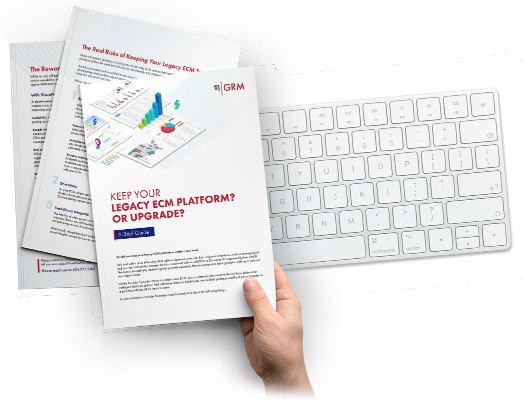The Overlooked AI Value Center: Document Management
Dive into our comprehensive white paper exploring practical AI solutions for optimizing document management. Learn how A...
Company > White Papers
Explore our collection of white papers on Information Management, offering insights into data privacy, digital transformation, and cutting-edge strategies for efficient data handling and compliance. Dive into expert analyses and innovative solutions tailored for the modern digital landscape.

You can reach out to us by phone at 888.907.9687, or fill out the form below